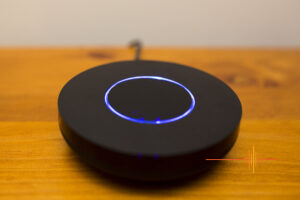 The Bond Bridge is an incredibly handy device which will allow you to add a range of ‘dumb’ household fixtures and appliances to your smart home ecosystem. While I will be focused on ceiling fans for the purposes of my review (as, you know, ‘Straya), Bond Bridge allows compatibility with a range of ceiling fans, fireplaces and shades, and more, that rely on remote controls. The joy of using the Bond Bridge is that old ceiling fan can be controlled by your phone, Google Home or Amazon’s Alexa.
The Bond Bridge is an incredibly handy device which will allow you to add a range of ‘dumb’ household fixtures and appliances to your smart home ecosystem. While I will be focused on ceiling fans for the purposes of my review (as, you know, ‘Straya), Bond Bridge allows compatibility with a range of ceiling fans, fireplaces and shades, and more, that rely on remote controls. The joy of using the Bond Bridge is that old ceiling fan can be controlled by your phone, Google Home or Amazon’s Alexa.
Having watched a whole bunch of spy movies featuring Daniel Craig lately, Bond Bridge sounds like something I should be making a bad pun about. And perhaps I still should, as this device is like something from your Quartermaster’s deck of tricks. I have lived with the Bond Bridge for some time now, and it has just made life easier. Cutting straight to it, if you have started creating a smart home ecosystem at home and have old ceiling fan / lights in your house, you should add one of these to your setup immediately.
Compatibility of the Bond Bridge with your devices
The Bond Bridge works with a range of devices. When adding new devices, you have the option to add ceiling fans, shades and awnings, lights, fireplaces as well as generic “devices.” Bond has handily provided a full list of devices that are supported over on their website. Just enter the FCC ID on the back of your remote to search for it, and you can see if it is compatible. The Bond Bridge supports devices that are controlled by RF remotes within the radio frequency range of 300-450mhz and IR devices that uses 38kHz OOK (on-off keying) modulation.
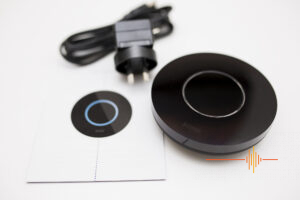 In my house, that meant controlling everything I needed. Both the brand new DC ceiling fan in my bedroom to the 15 year old ceiling fan in the lounge, and everything in between, were added seamlessly and I can control them through the Bond Bridge and subsequently Google Home.
In my house, that meant controlling everything I needed. Both the brand new DC ceiling fan in my bedroom to the 15 year old ceiling fan in the lounge, and everything in between, were added seamlessly and I can control them through the Bond Bridge and subsequently Google Home.
I did try it with a couple of IR remote controls for fans, and while it detected the remote, it did not work turning them on or off. I would think it is because it does not have line of sight to the device it is trying to turn on or off. No big deal for me, as my air conditioner is controlled by a Sensibo Air and my fan is a Dyson controlled by its own App.
Will this work with EVERY ceiling fan made? No. But for me it is a 100% strike rate with multiple different model ceiling fans. Just check the website and see if your devices are compatible.
Initial setup of the Bond Bridge
Initial set up was a breeze.
The Bond Bridge is a solid little black unit out the box. It is almost 10cm across and just shy of 3cm tall. It comes with a 1.8m cord to power it, which is plenty of cord in my view.
Plug it in, and the centre ring light will be white while the unit boots up. Once it starts flashing green, simply open the Bond Home App on your phone, create and log in to your account, and click “+” in the top corner and choose “Bond Bridge”. Follow a few prompts (entering Wi-Fi details, etc), the ring light will go blue, and you’re good to go!
It really is one of the more simple setups I have gone through.
Adding Devices
Adding devices (such as ceiling fans) is even easier. For me, with an iOS device and adding ceiling fans, it was just a case of opening the Bond Home App again, clicking the “+” again, click “Remote” and follow the prompts. You can rename devices and set rooms at this point. Have your remote handy as you need to point it at the Bond Bridge and click a button a few times. Once it has detected the remote, you will be presented with some options. Find one that suits, check the commands work, and add it.
It is worth noting you can go in and edit the commands once you’ve saved the device. For me, it added dimming capabilities to the light and the ability to reverse my fan, which these particular ceiling fans don’t have the function. I just went in and removed those commands and no longer a problem.
From there, add it to the Google Home App (ensuring you use “Bond Home” and not “Bond Smart Home”), and add your devices as you normally would. I don’t use Alexa, but I imagine the process is similar. It was all a pretty quick and easy process for me.
In relation to removing commands, this flows through to Google commands, too. For me, for my office, I have two smart globes in the fan, which allows me to dim of a night time, but also alter light colour temperature for when I’m working. As such, I didn’t want the Bond Bridge turning the light on and off as they’re run independently to the remote control. I simply removed the option for light control within the App, and Google just ignores the remote control function of the light for this fan, and turns the lights on through the globes.
Controlling Devices: the basics
Once connected, everything became easy to control my ceiling fans. In the App, I can easily turn lights on or off, turn my fan on or off, adjust their speed, or reverse directions (since one of my fans is capable of that). It was simple.
Similarly, once connected to Google Home, voice commands worked through my Google Nest Mini and Google Nest Hubs. “Okay Google, turn bedroom fan on” and away it goes. “Okay Google, change fan speed to high” and the papers on my desk get blown around. If I wake up in the middle of the night and it is stinking hot, I don’t need to fumble for the remote, I just tell Google to turn my fan on.
Controlling Devices: routines and schedules
Two little things I love with using the Bond Bridge.
Firstly, I can set up routines through the Google Home App. When I enter my home office, for example, I just say “Okay Google, Good morning.” From there, besides Google telling me weather and a few other updates, it turns on my lights and turns on my fan. Similar routines are used for when I go to bed.
Secondly is the ability to set up schedules through the Bond Home App. I have a bad habit of leaving my ceiling fan on in my bedroom through the day. I can set up a “kill command” so that every morning at 10am, the Bond Bridge sends a command to turn off the fan. If the fan isn’t on, it does not matter (as the fan isn’t a toggle switch, like, for example, many fan lights). Similarly, I could set a bedroom light to turn on each night at 11pm for a normal bedtime routine.
As an added note, it’s easy to add controls via widgets on your phone (or tablet). This just adds an extra level of ease to controlling your devices.
A BIG advantage (for me): The Bond Bridge duplicates and does not replace remotes
So, I live with and care for my 70-something mother. That means that I cannot go all out with automating the house, as fancy tech and remembering commands to turn lights and fans on is a bit much for her.
There are no issues with that with the Bond Bridge. The device is simply a radio frequency blaster. This means it does not replace your remote control for your lights or fans, but simply duplicates it. This gives you another way to control your devices. Basically, consider it as adding a second remote control, but one you can use Google Home or Alexa or your phone to operate. Use one or the other or both.
This is really handy, especially if your wireless network goes offline for whatever reason. You can still simply turn on or off your devices with the remote control (unlike smart globes, which effectively become useless during Wi-Fi downtime).
This duplication works really well for me. It may occasionally cause things to get a little confused. Lights, for example, often have a toggle button, using one button to turn it on or off. If you use Google or the App to turn on a light, but then the remote control to turn it off, the App will still consider it on as it has not been told otherwise. As a result, if you’re not home, you may not be able to accurately tell if the light is on or off via the app. Or it may cause issues with schedules (turning it back on instead of turning it off at a set time). But it is nothing game breaking for me.
A note about the Bond Bridge in use
 Bond advertises a range of 2500 square feet and the ability to control up to 30 devices. For me, following set up, positioning was important. Originally, I planned on installing this in a spare room down the back of the house, but the fans up the front end would not connect. It is worth noting I live in five bedroom house – the original house, built in the 1960s, has had two subsequent extensions, meaning the house is a blend of hardwood frames, compressed concrete walls, with plenty of internal wiring and pipes, and is predominantly a long and narrow house. Following a little experimentation, I set it up in the centre of the house on top of the pantry cupboards. From there, it reaches all ceiling fans in the house and has worked perfectly.
Bond advertises a range of 2500 square feet and the ability to control up to 30 devices. For me, following set up, positioning was important. Originally, I planned on installing this in a spare room down the back of the house, but the fans up the front end would not connect. It is worth noting I live in five bedroom house – the original house, built in the 1960s, has had two subsequent extensions, meaning the house is a blend of hardwood frames, compressed concrete walls, with plenty of internal wiring and pipes, and is predominantly a long and narrow house. Following a little experimentation, I set it up in the centre of the house on top of the pantry cupboards. From there, it reaches all ceiling fans in the house and has worked perfectly.
As another note, the ring light is a rather nice blue and lights up the room pretty well (and flashes brighter when sending a command to a fan or light). Through the Bond Bridge settings, you can dim the light and even turn it off. For me, I have it at full brightness and use it as a nightlight to get to the bathroom of a night.
The Bond Bridge is an amazing addition, with barely a flaw
Admittedly, I’m a tad behind on some of my reviews of late. The past year has been hectic with work, life, and the joys of COVID. So, when I say I have lived with the Bond Bridge, I mean it. It has been a part of my way of life now for twelve months now. And ceiling lights and even fans are an everyday use for me. From routines set up in Google, voice commands becoming second nature, and schedules being run, the Bond Bridge has never missed a beat for me. The only criticism I would have is that on a very rare occasion it may take 10 seconds or so for a command to come through to a device. But I mean very rare. Normally, the response is snappy and the Bond Bridge commands my fixtures to do as requested.
The Bond Bridge is a clear winner for me
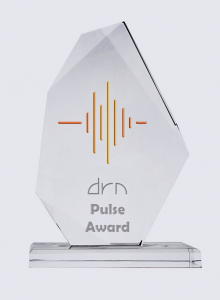 A while back, I went hunting for a way to turn my old ceiling fans into smart ceiling fans. I looked at replacing the fans and adding different controllers to them. It was too expensive to consider. Then I stumbled across the Bond Bridge. And the way the Bond Bridge allows you to automate every ceiling fan (if it has a compatible remote control) in your house, at such a good price, I’m giving this a Editor’s Choice Pulse Award. I’m a big fan of this device.
A while back, I went hunting for a way to turn my old ceiling fans into smart ceiling fans. I looked at replacing the fans and adding different controllers to them. It was too expensive to consider. Then I stumbled across the Bond Bridge. And the way the Bond Bridge allows you to automate every ceiling fan (if it has a compatible remote control) in your house, at such a good price, I’m giving this a Editor’s Choice Pulse Award. I’m a big fan of this device.
If you’re in a rental and you’re restricted with what you can do with your automation, but you want to make life a bit smarter, definitely look no further. No changing anything such as fixtures or even light globes in the house. Just plug in a Bond Bridge and control it all from there to automate your life.
And for around AU$140 to pick up one of these devices, you can’t go wrong. This makes adding automation to your ceiling fans both easy and cheap (especially in comparison to replacing all your ceiling fans with smart fans or smart controllers).
Massive thanks to Bond for sharing one of these units with me and allowing me to gain more control over my house.


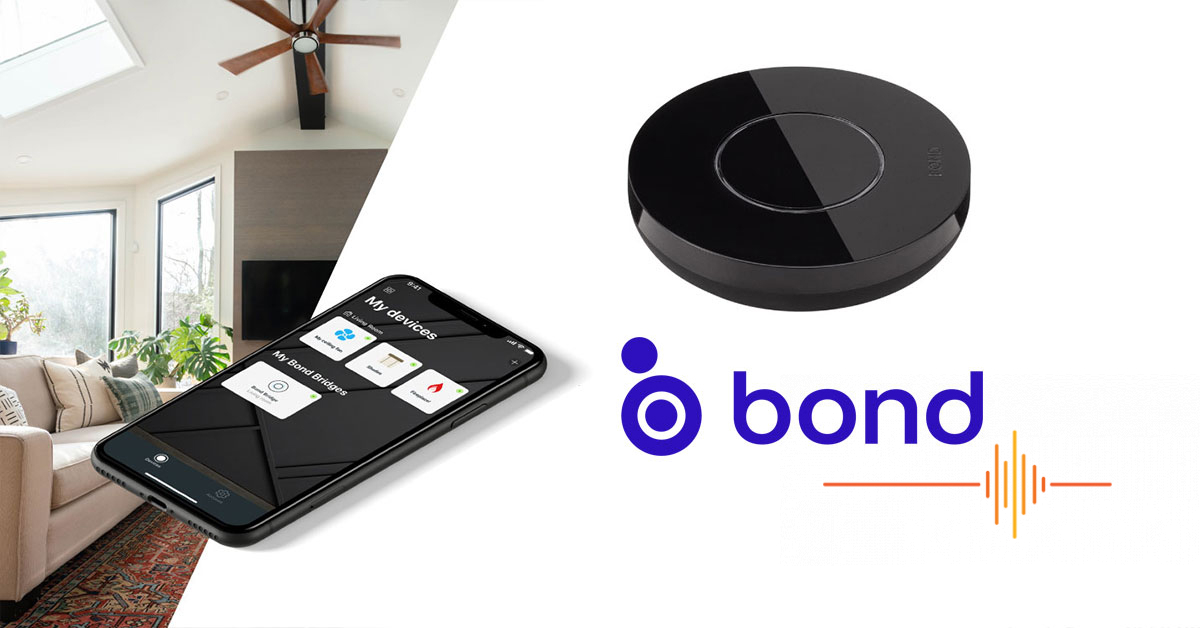
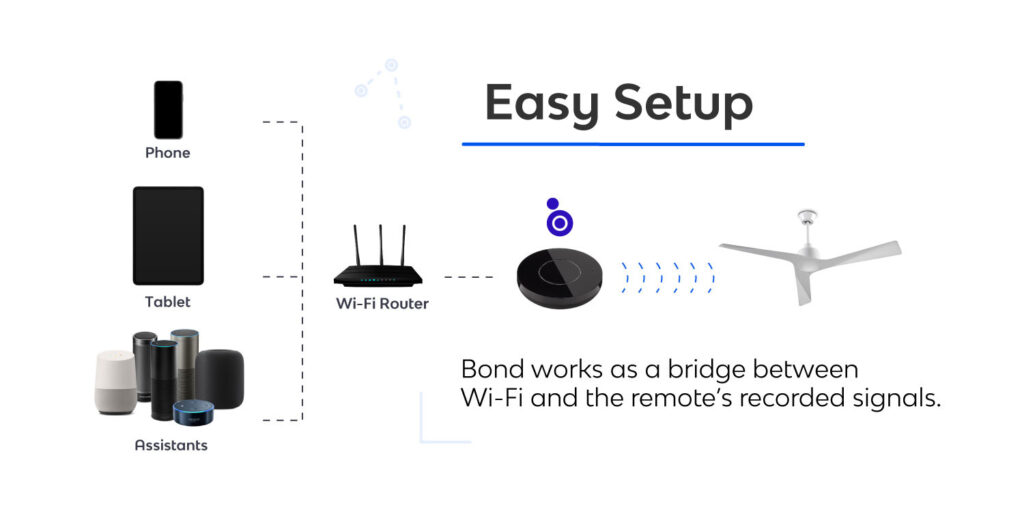























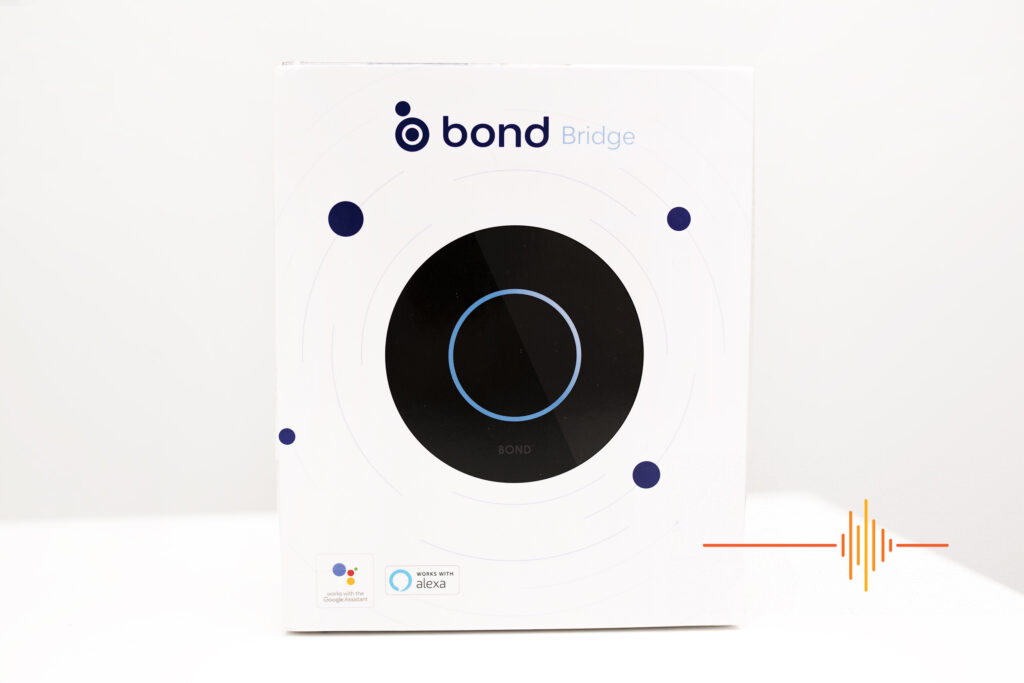

Great review Peter! I’ll be looking at one of these for my retractable awning. Would be great to be able to open it up if there’s bad weather in bound!
Cheers Chris, greatly appreciated! If you do, please let us know how it goes!